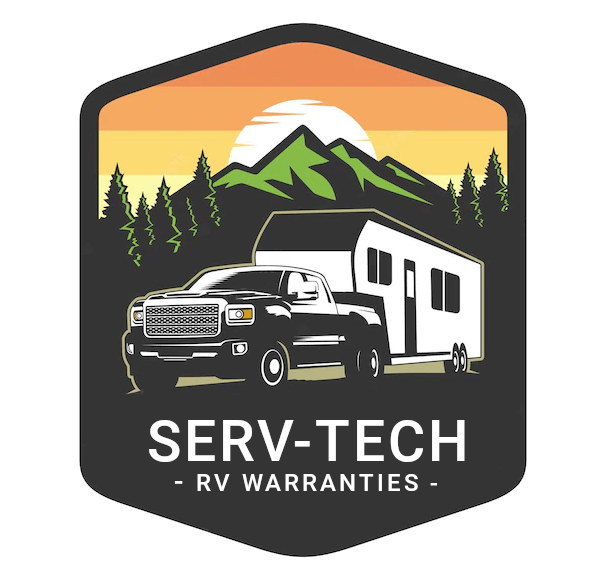Article: Motorhome Protection: Securing Your Investment on the Road
Introduction to Motorhome Protection
Traveling in a motorhome combines the thrill of adventure with the comfort of home. However, as motorhome owners, it’s crucial to prioritize the protection of your vehicle. This article will guide you through essential tips and strategies to safeguard your motorhome, ensuring that your journeys are worry-free.
Understanding the Need for Motorhome Security
Motorhomes are significant investments, and like any valuable asset, they require diligent protection. The unique combination of vehicle and home presents specific security challenges. From theft prevention to safeguarding personal belongings, the importance of comprehensive motorhome security cannot be overstated.
Essential Security Measures for Your Motorhome
- Advanced Locking Systems: Investing in high-quality locks for doors and windows is the first step in motorhome security. Consider additional locks for the steering wheel and pedals.
- Motion-Sensing Lights and Alarms: Equip your motorhome with motion-sensing lights and alarms. These act as deterrents for potential intruders and alert you to any unauthorized activity.
- GPS Tracking Devices: Installing a GPS tracker can help locate your motorhome if it’s stolen, significantly increasing the chances of recovery.
Protecting Personal Belongings and Interior Safety
The security of personal items inside your motorhome is just as important as the vehicle itself. Utilize storage compartments that can be securely locked. Consider using safes for valuable items and ensure that all windows have curtains or blinds for privacy.
Regular Maintenance and Security Checks
Regular maintenance is vital for motorhome security. This includes checking the functionality of locks, alarm systems, and lighting. Regularly updating security systems and staying informed about new security technologies can also enhance protection.
Conclusion – A Safe Journey in Your Motorhome
Implementing these security measures will significantly reduce the risk of theft and damage, allowing you to enjoy the freedom and joy of motorhome travel with peace of mind. Remember, protecting your motorhome is not just about securing an asset; it’s about ensuring the safety and enjoyment of your travels. The peace of mind that comes with a well-protected motorhome allows you to focus on the joys of travel and exploration.
